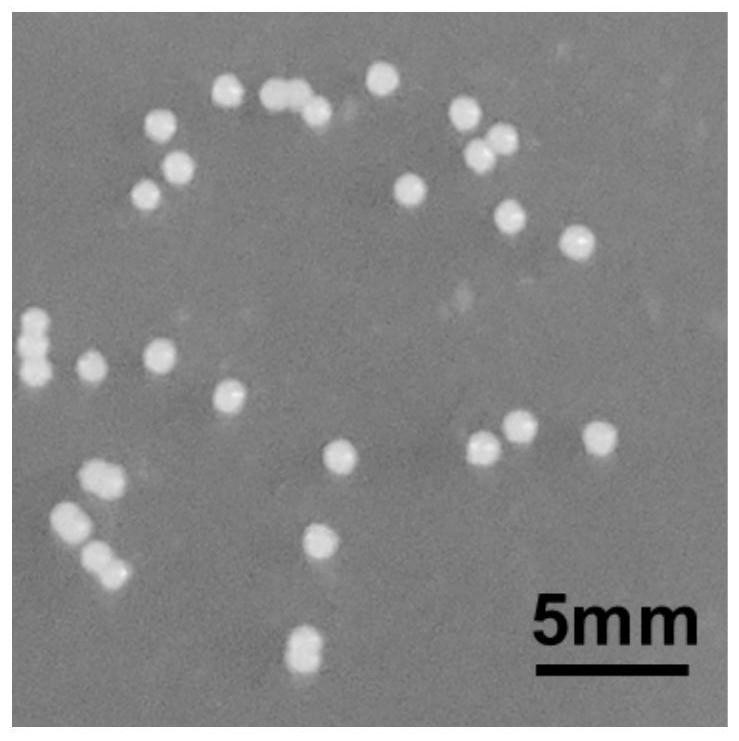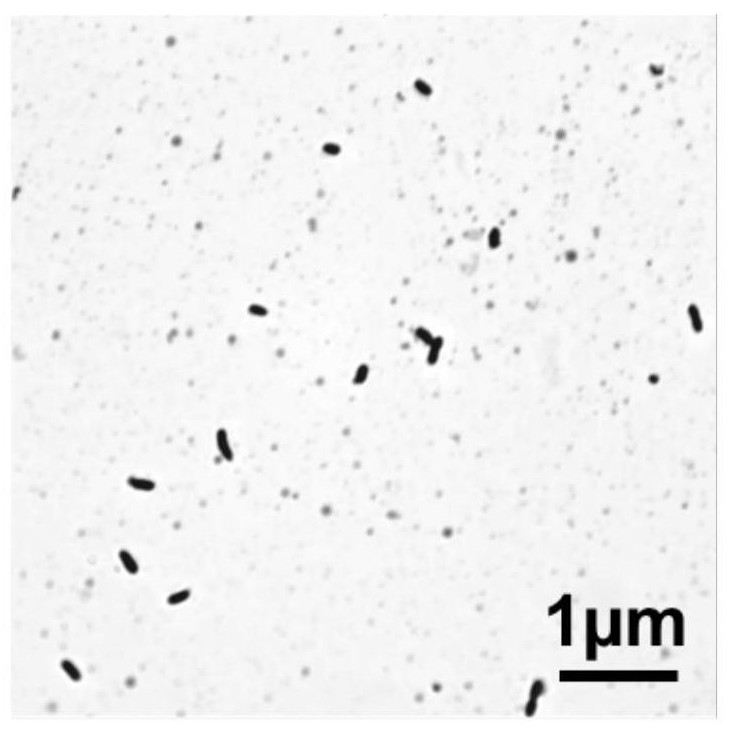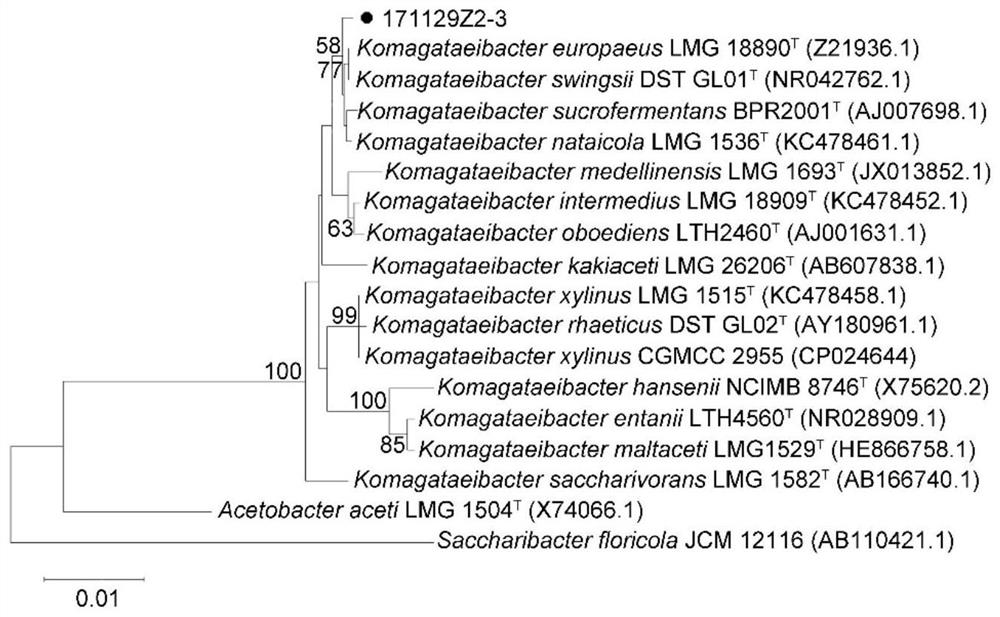Bacterial cellulose producing strain, screening method and preparation of bacterial cellulose
A bacterial cellulose and screening method technology, applied in the field of microorganisms, can solve problems such as difficulty in determining the limitations of adjacent species, and achieve the effects of meeting the needs of industrial purification of bacterial cellulose, fast growth, and wide utilization of carbon sources
- Summary
- Abstract
- Description
- Claims
- Application Information
AI Technical Summary
Problems solved by technology
Method used
Image
Examples
Embodiment 1
[0078] Example 1: Screening of cellulose-producing strains
[0079] Use sterile surgical tweezers to pick out the pulp of decayed tissues from natural rotten grapes, kiwi, pears, dates, oranges, blackberry, oranges, plums, apples, strawberries, and watermelons, and add them to a sterile medium containing a primary enrichment medium. In glass test tubes, cultured at 30°C, if a gel-like film grows on the surface of the culture medium and the film is not easily broken after shaking, it is positive. Clamp the film, wash it with sterile normal saline for 3 times, then shake it in a sterile glass test tube filled with sterile normal saline for 10 minutes, apply gradient dilution on HS plate culture medium, and incubate it upside down at 30°C for 3 days. Pick a single colony, insert it into a small test tube filled with HS liquid medium, and culture it statically at 30°C, and a gel-like film grows on the liquid surface. Clamp the film, wash it three times with sterile saline, stick ...
Embodiment 2
[0080] Embodiment 2: Morphological observation of cellulose-producing strains
[0081] Plate colony morphology: static culture at 30°C, cultured on HS plate medium for 3 days, the colony characteristics of 171129Z2-3 colonies of Oliformis 171129Z2-3 are: milky yellow, round, smooth surface, convex, neat edges, 1mm in diameter, easy to pick take (see figure 1 ). The colonies formed cellulose blocks on the surface of the culture medium with the extension of culture time.
[0082] Bacteria morphology: Observing the Bacillus omae 171129Z2-3 through an optical microscope, the bacterium is a Gram-negative bacterium. 0.46 μm (see figure 2 ), which is not motile.
Embodiment 3
[0083] Example 3: Physiological and biochemical identification of cellulose-producing strains
[0084] Pick a single colony cultured on HS plate medium at 30°C for 3 days, insert it into HS liquid medium, culture it with shaking at 30°C for 20 hours, and draw out the bacterial liquid for physiological and biochemical identification. The detailed physiological and biochemical characteristics are shown in Table 1. Bacillus 171129Z2-3 can utilize a wide range of carbon sources.
[0085] Table 1 Physiological and biochemical identification results of Bacillus omae 171129Z2-3
[0086]
[0087] Table 2 Physiological and biochemical comparison between 171129Z2-3 and Komagataeibacter species sequence: 1, 171129Z2-3; 2, K. sacchari; 3, K. entanii; 4, K. europaeus; 5, K. intermedius 6, K. obediens; 7, K. hansenii; 8, K. xylinus; 9, K. swingsii; 10, K. rhaeticus; :+, positive; -, negative; NR, not reported;
[0088]
[0089]
PUM
| Property | Measurement | Unit |
|---|---|---|
| crystallinity | aaaaa | aaaaa |
| crystallinity | aaaaa | aaaaa |
Abstract
Description
Claims
Application Information
 Login to View More
Login to View More - R&D
- Intellectual Property
- Life Sciences
- Materials
- Tech Scout
- Unparalleled Data Quality
- Higher Quality Content
- 60% Fewer Hallucinations
Browse by: Latest US Patents, China's latest patents, Technical Efficacy Thesaurus, Application Domain, Technology Topic, Popular Technical Reports.
© 2025 PatSnap. All rights reserved.Legal|Privacy policy|Modern Slavery Act Transparency Statement|Sitemap|About US| Contact US: help@patsnap.com



